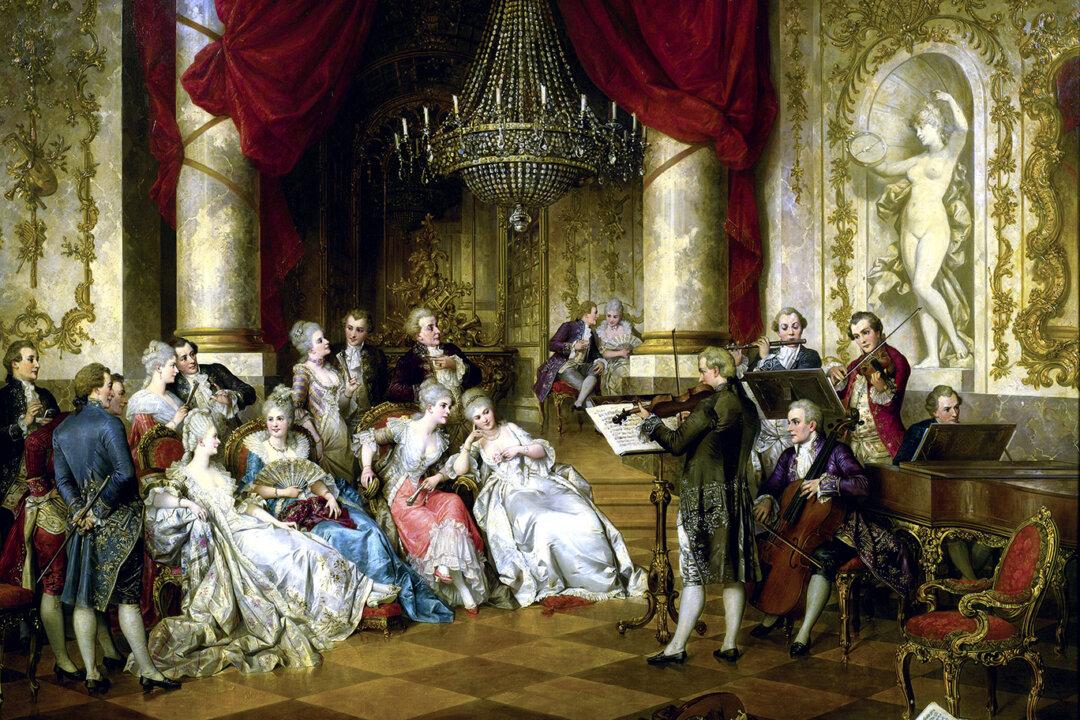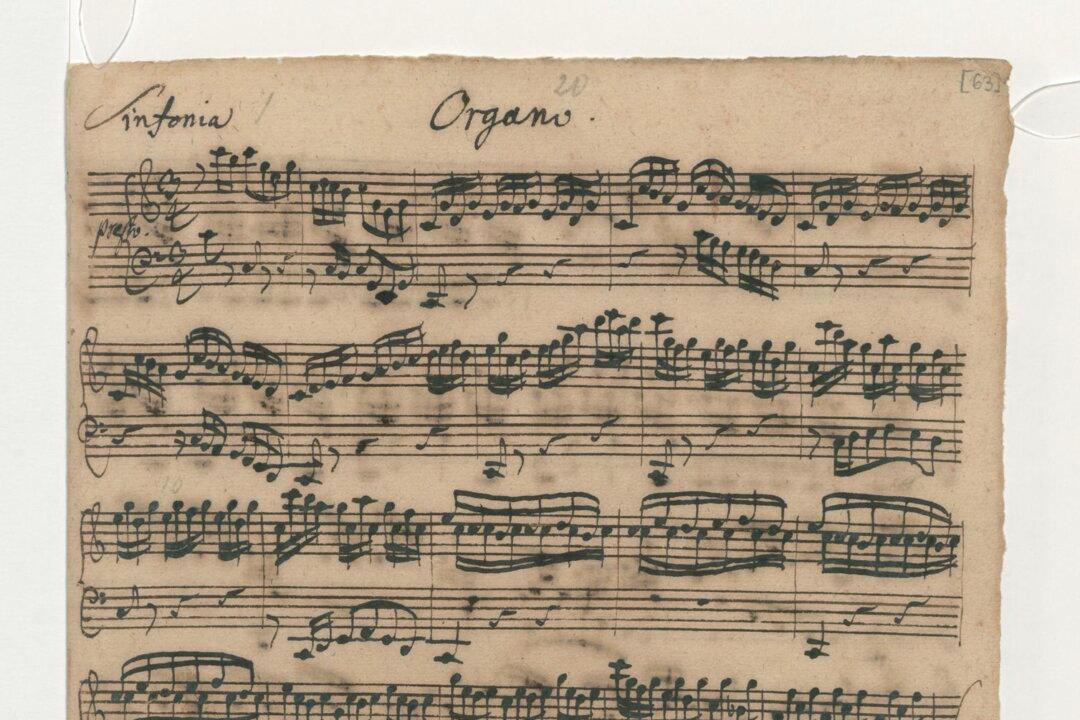The story of Austrian composer Franz Schubert (1797–1828) was one of the most tragic in classical music. When historians look back on his work, they view it equal in every measure to that of Mozart, Bach, and Beethoven. Apart from a few composers of that time (Schumann, Liszt, and Brahms) who found and championed his compositions, Schubert might have been completely overlooked for the genius he was.
This was undoubtedly due to the fact that Schubert died at 31 years of age, eight months after his first and only public performance in 1828. It wasn’t until after his death that this vast treasure trove of music was discovered. Of course, by then Schubert wasn’t around to experience the recognition he deserved.





